Which Came First, the Butterfly or the Flower? The Answer: Both!

If you’ve ever taken a high school biology course, you may have learned that pollinators such as butterflies and bees evolved alongside flowers for their mutual benefit. The result of generations upon generations of plants and pollinators evolving side by side are what botanists have called “pollination syndromes.” These are fascinating systems that have much to teach us about the natural world—but recent research reveals they may not be as simple as botanists once thought.
The Science of Pollination and the Role of Butterflies
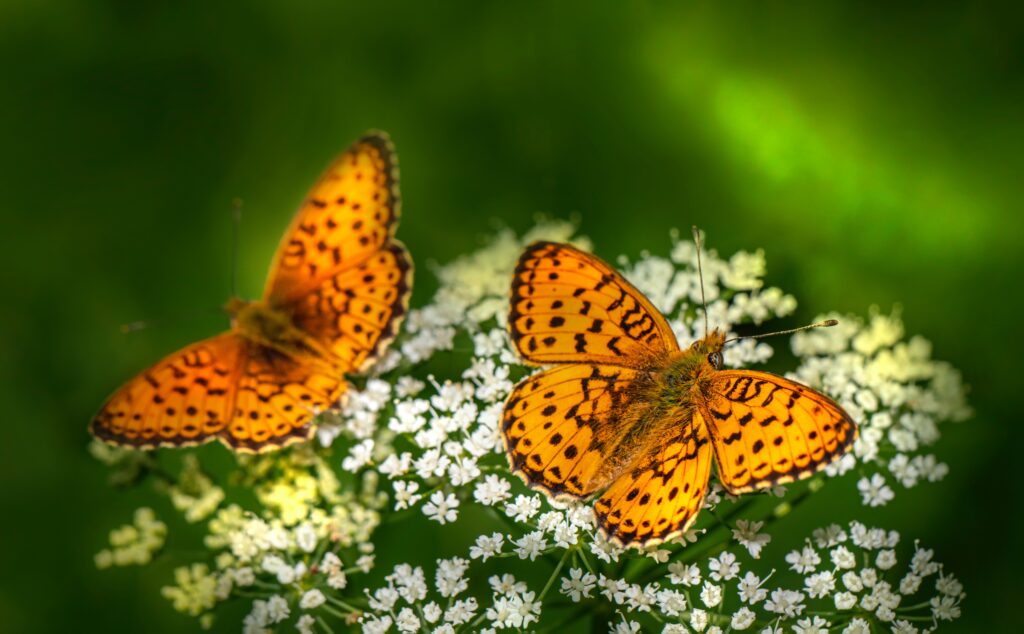
People of all ages watch the brilliantly colored insects with awe and wonder at Butterflies in the Garden. What many don’t realize is that while we value butterflies for their beauty, they also play an important role in the ecosystem. Along with bees, birds and various other insects, they help flowering plants reproduce.
What Is This Thing? Smooth Ruellia and Why Some Plants Preferred Closed Marriages
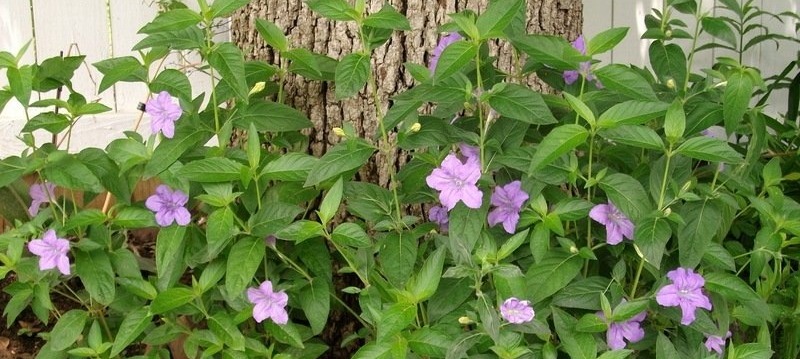
Botanists and horticulturists love a challenge. That’s why this year we’re introducing a new feature in the newsletter: What Is This Thing? This month, Martha L. of Fort Worth asks us to identify a plant with small flowers than never open. The answer tells a fascinating story about the reproductive strategies of plants–and why some prefer closed to open marriages.
Before Stealing a Kiss, Learn the Mythology and History of Mistletoe
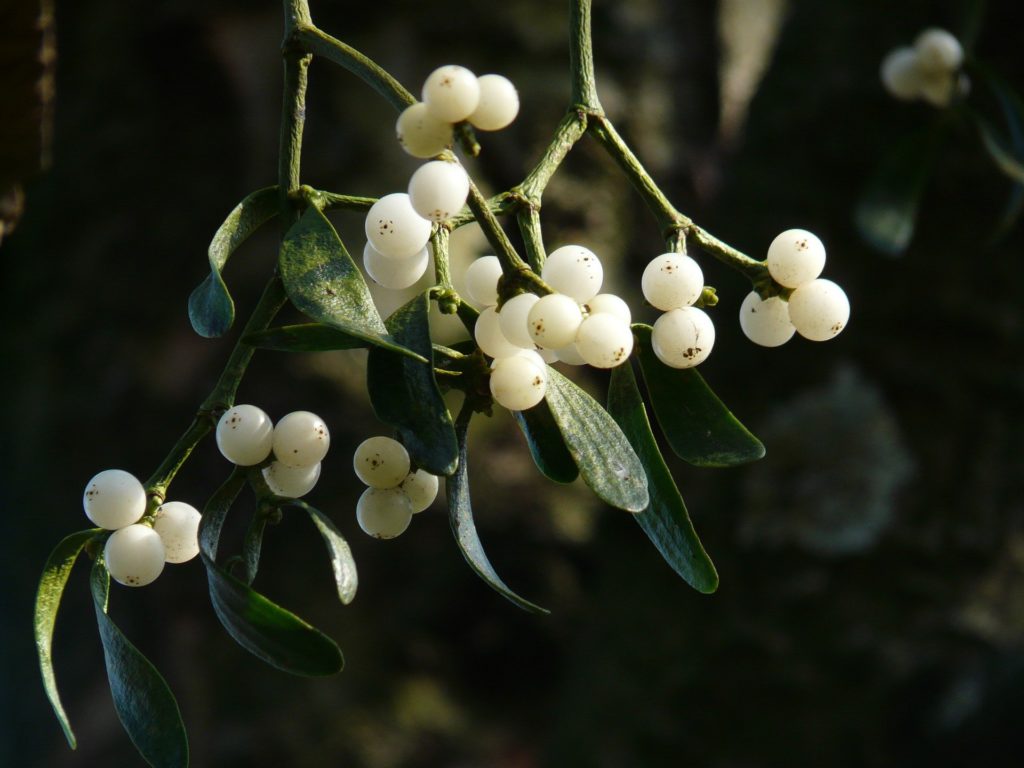
Many plants play an important role in holiday celebrations, from evergreen trees to poinsettias, but mistletoe is unique in many ways. It is not only a major player in multiple Western mythologies but also a fascinating example of hemi-parasitism. Not sure what that means? Read on for the details.
Recent Research Publications Reveal the Details of New Plant Species—and Help Uncover the Workings of the Natural World
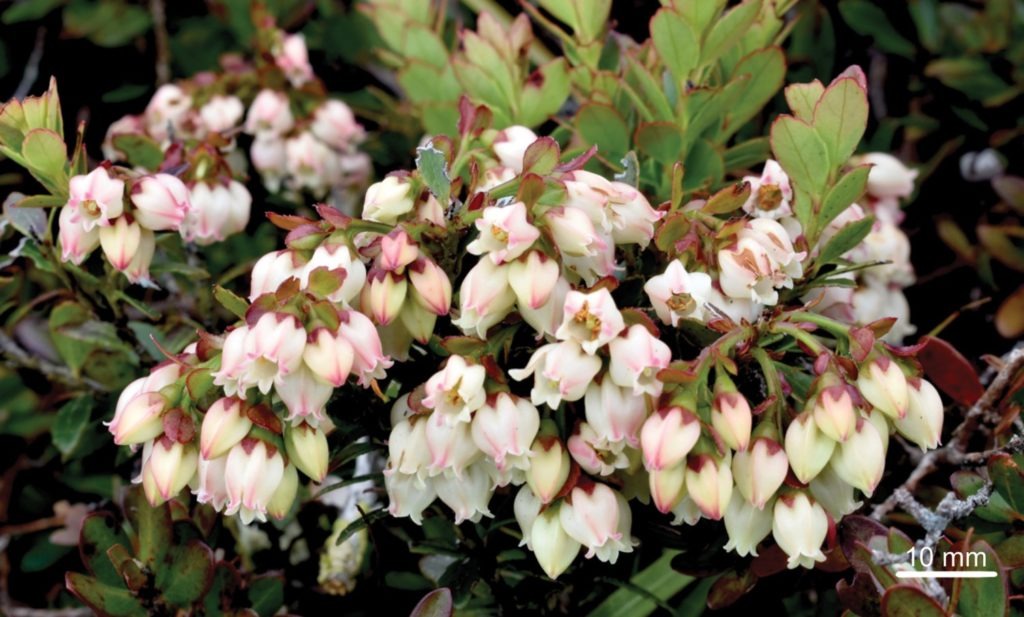
Botany is not a science for those who demand a steady routine. One day researchers might find themselves hiking up mountainsides through dense tropical rain forest or hunting down rare plants in parched deserts. The next day, they will be in the lab, peering through an electron microscope or studying DNA results.
The result of these efforts is usually a scientific paper, published in a peer-reviewed journal. Papers might describe a new species of plant or suggest a new way of approaching a problem. Taken as a whole, they reveal the workings of life on this plant.
Evolutionary origins and species diversity in the wild blueberries (tribe Vaccinieae)
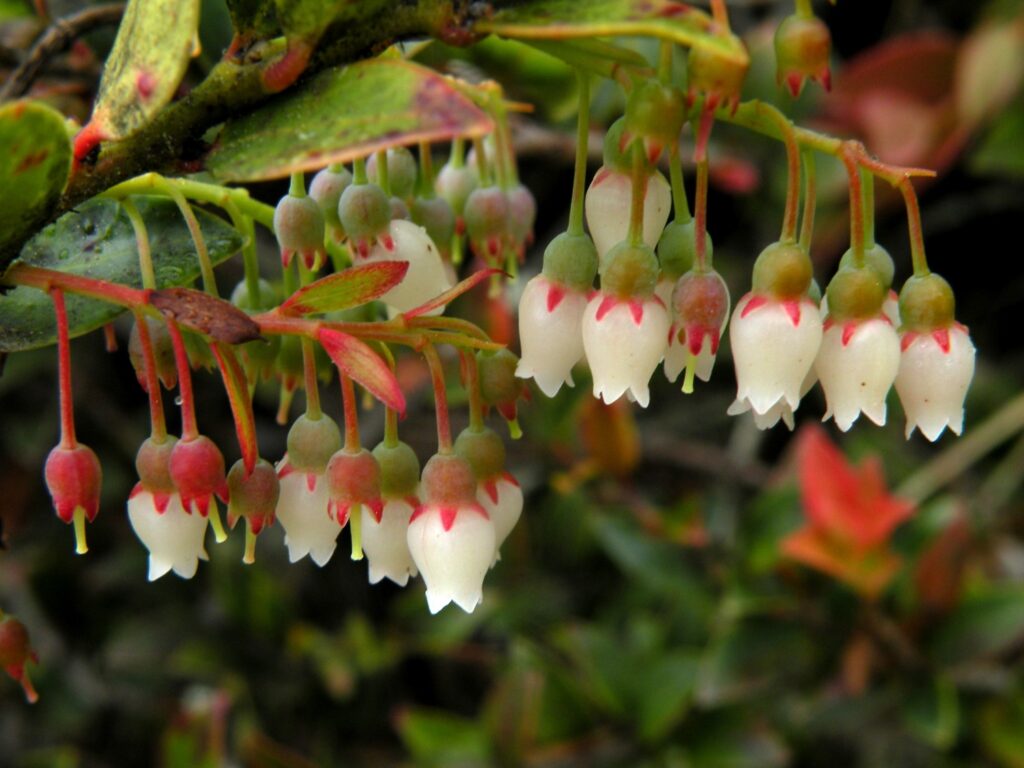
Evolutionary origins and species diversity in the wild blueberries (tribe Vaccinieae) A (Virtual) Research Seminar by Dr. Peter Fritsch Please join Dr. Peter Fritsch as he discusses his past work and future investigations on Vaccinieae. This 1-hour seminar includes a presentation followed by a Q&A session. Dr. Fritsch is Vice President of Research and Director […]
Shirley C. Tucker Herbarium: A Past and Future Hub for Louisiana Botany
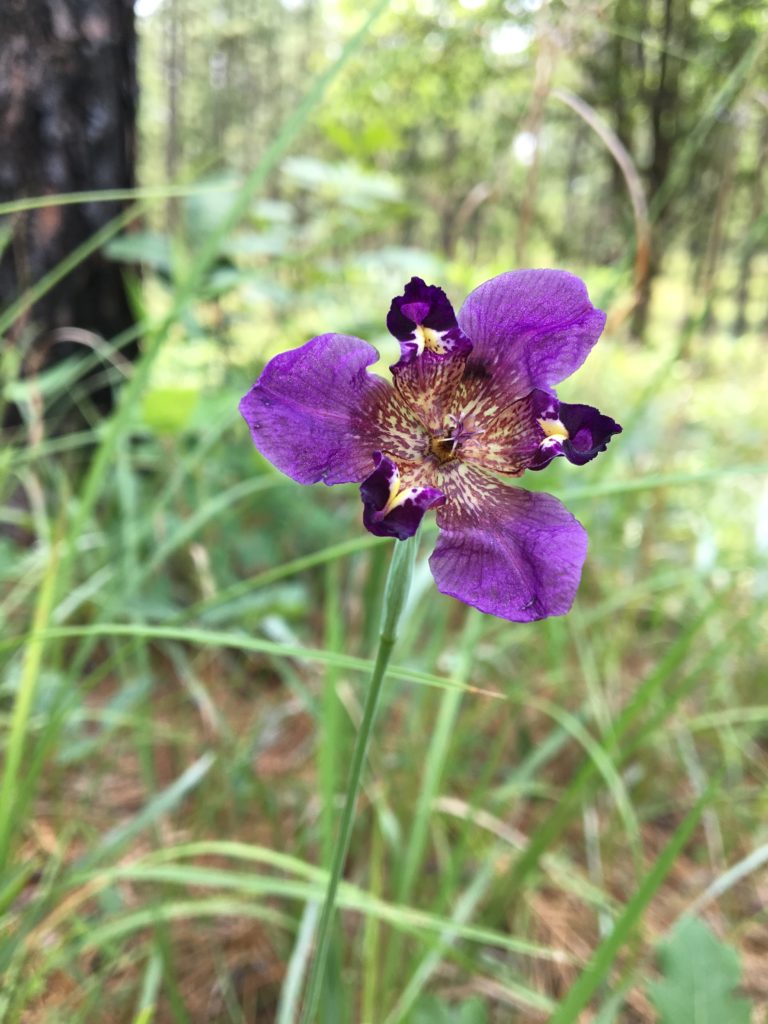
A Virtual Lunchtime Lecture by Dr. Laura Lagomarsino and Jennifer Kluse The Shirley C. Tucker Herbarium at Louisiana State University recently doubled in size with the integration of several regional herbaria, including a repatriation set from BRIT of the University of Louisiana Monroe Herbarium (NLU). Speakers will give an overview of the collection and discuss its support of […]
Permian Texas: Exploring an ancient tropical landscape

“Permian Texas: Exploring an ancient tropical landscape” A (Virtual) Lunchtime Lecture by Dr. Rebecca Koll Join Dr. Rebecca Koll as she discusses her research on the structure of deep time landscapes using mostly plants and sometimes insects, fire, and climate. Dr. Koll is a Paleozoic paleobiologist and a National Science Foundation Post-Doctoral Fellow at Perot Museum of Nature […]
Prairie Research Program
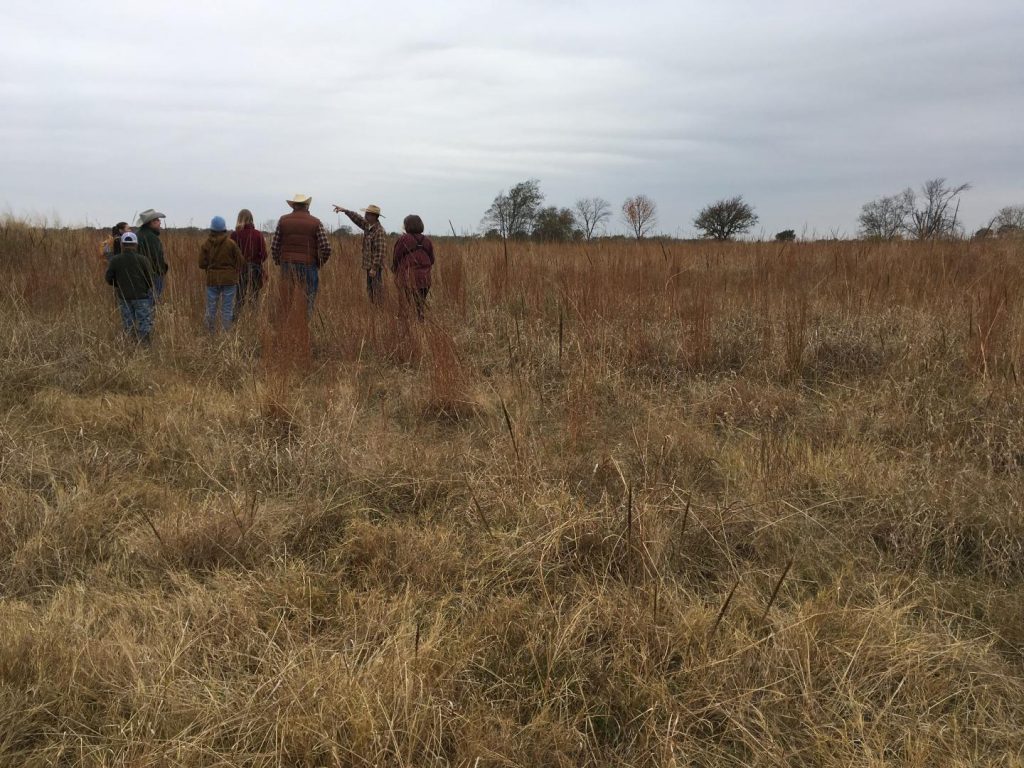
The Prairie Research Program (PReP) includes projects related to natural resource management, ecology, native vegetation, and stewardship of prairie and rangeland habitats. We collaborate with landowners to investigate plant biodiversity metrics, often associated with disturbance events (past and present).
What Is This Thing? Bur oak acorn cap
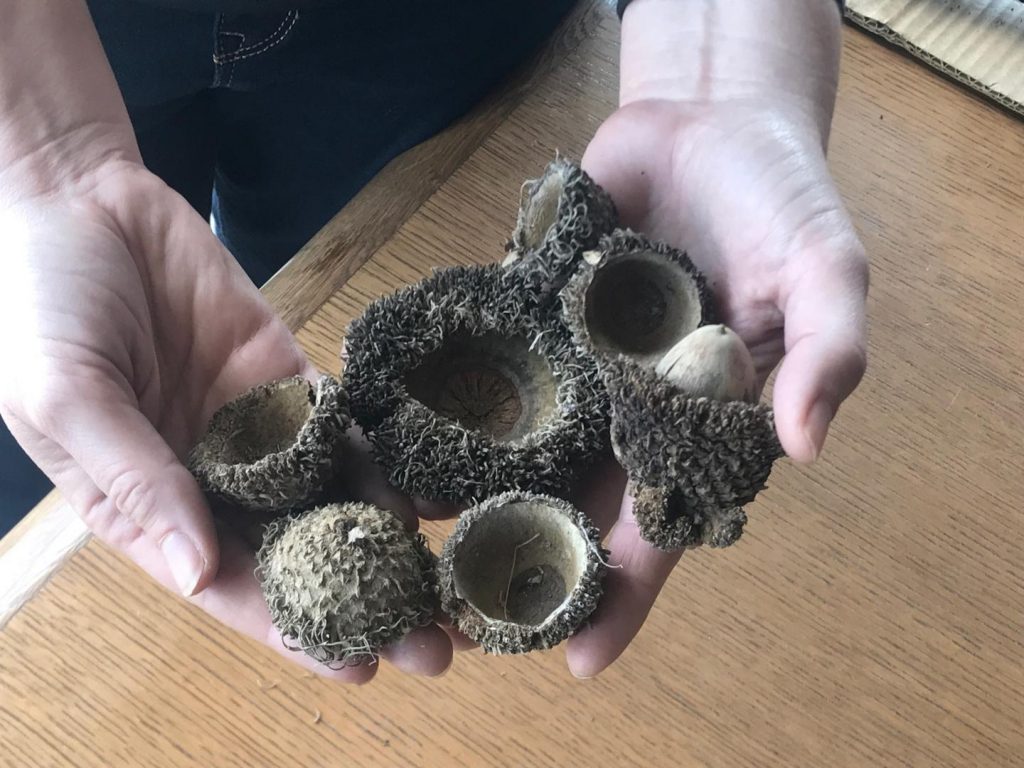
“What is this thing???” We often hear this question from friends and family in relation to natural “treasures” found in the landscape. Sticks, leaves, flowers, fruit, fungi, lichens, moss.
